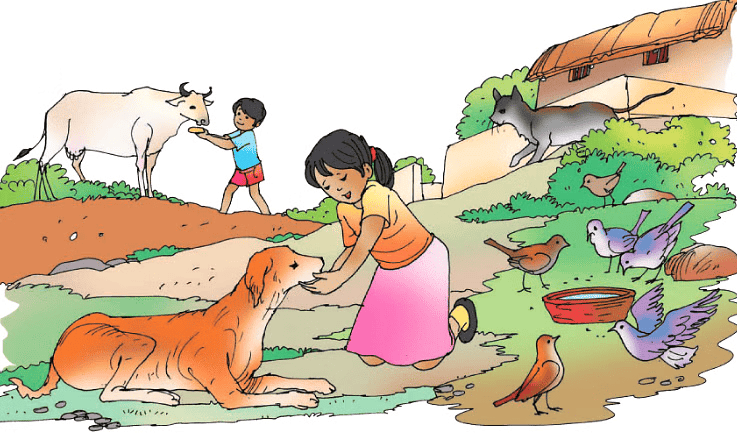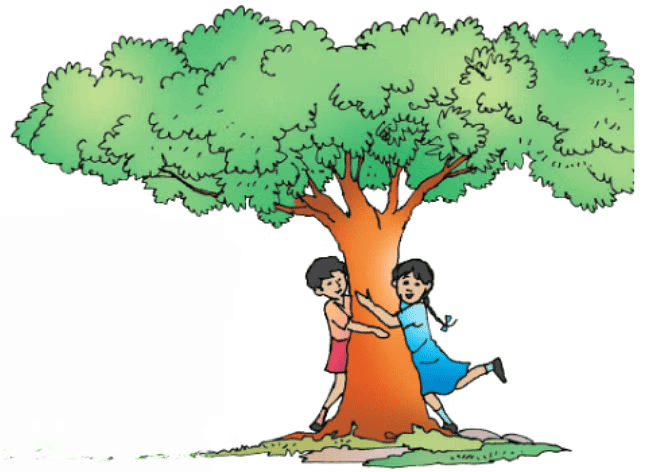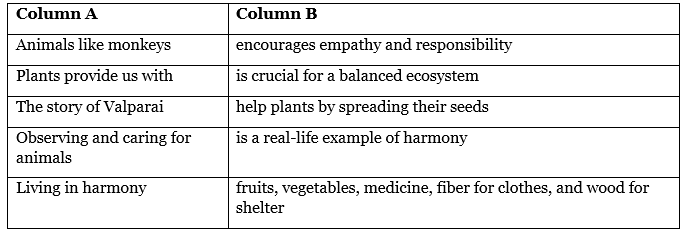Worksheet: Living in Harmony | Worksheets with solutions for Class 3 PDF Download
| Table of contents |

|
| Fill in the Blanks |

|
| True or False |

|
| One-Word Answer Type Questions |

|
| Multiple Choice Questions (MCQs) |

|
| Match the Following |

|
Fill in the Blanks
Q1: _______ eat mangoes and help plants by dispersing seeds.
Q2: From plants, we get _______ that are used to make medicines.
Q3: Animals help make the soil _______ by enriching it through their waste.
Q4: Plants provide us with _______ for building houses.
Q5: _______ provides us with both food and shelter.
True or False
Q1: Plants help animals by providing food and shelter.
Q2: Humans do not need to care for animals and plants.
Q3: Seeds can grow into new plants without the help of animals.
Q4: Plants only give us fruits and vegetables.
Q5: Talking to plants can make you feel better. 
One-Word Answer Type Questions
Q1: Which material do plants give us for making clothes?
Q2: What do animals make the soil through their waste?
Q3: What do cows, buffaloes, and goats provide us with?
Q4: What helps new plants grow after animals eat fruits?
Q5: Who did Shambhu learn important lessons from in the story?
Multiple Choice Questions (MCQs)
Q1: What do humans get from plants besides food?
(a) Fibre
(b) Medicine
(c) Wood
(d) All of the above
Q2: Which of the following animals helps plants by dispersing seeds?
(a) Birds
(b) Monkeys
(c) Frogs
(d) Ants
Q3: What do animals do that helps plants grow?
(a) Eat leaves
(b) Disperse seeds
(c) Build nests
(d) Rest in trees
Q4: Which of these helps improve the fertility of the soil?
(a) Fruits
(b) Seeds
(c) Animal waste
(d) Bark
Q5: Who taught Shambhu about the relationship between plants and animals?
(a) His teacher
(b) His friend
(c) His father
(d) His mother
Match the Following

You can access the solutions to this worksheet click, here.
FAQs on Worksheet: Living in Harmony - Worksheets with solutions for Class 3
| 1. What does it mean to live in harmony with others? |  |
| 2. Why is it important to respect nature and animals? |  |
| 3. How can we practice harmony in our daily lives? |  |
| 4. What are some examples of living together in harmony? |  |
| 5. How can children contribute to living in harmony? |  |





















